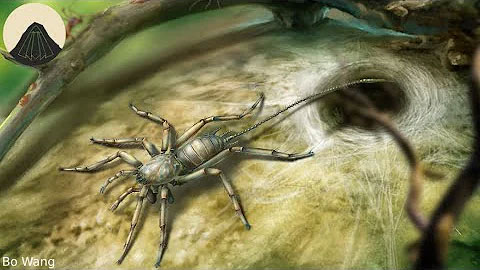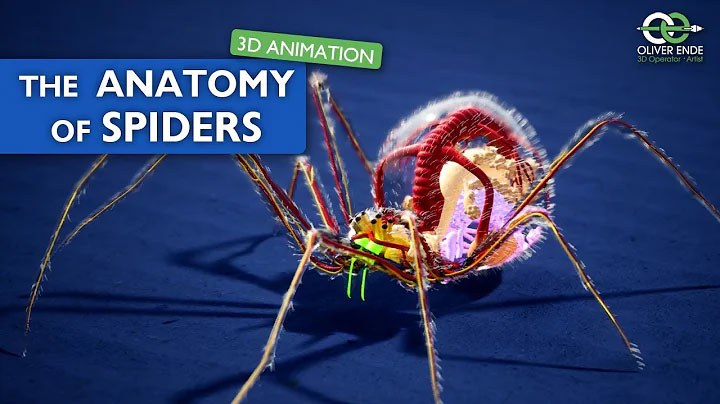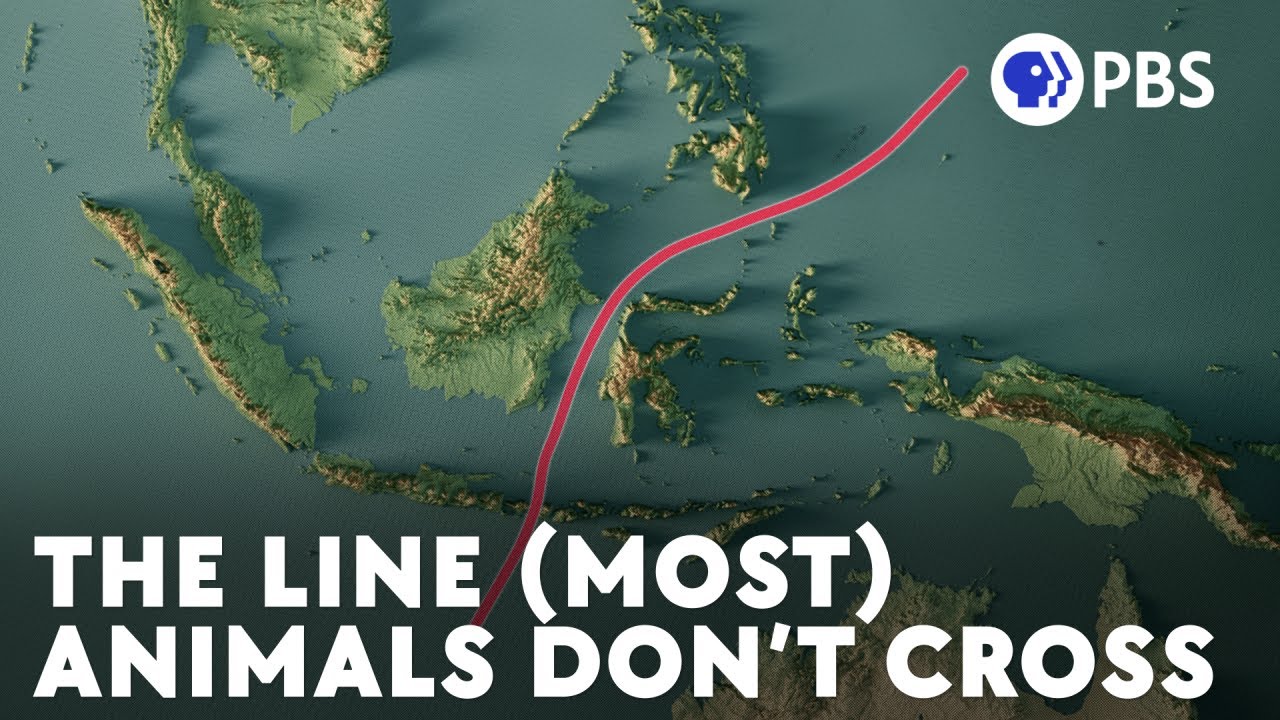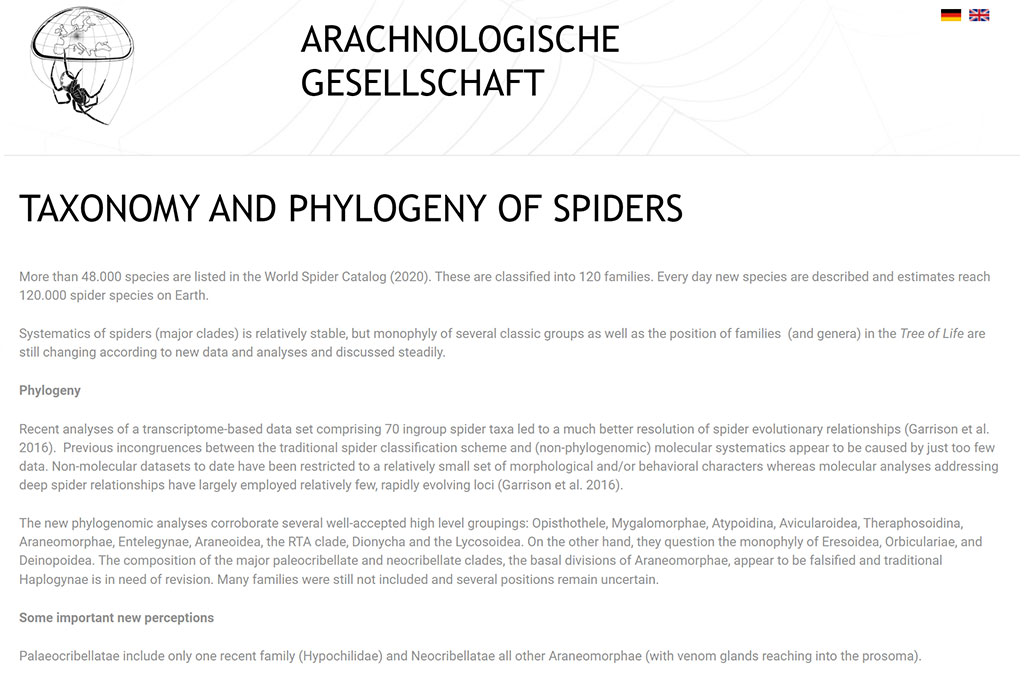Spider Biology & Evolution
Cheryl Hayashi: The Magnificence of Spider Silk
Cheryl Hayashi studies spider silk, one of nature's most high-performance materials. Each species of spider can make up to 7 very different kinds of silk. How do they do it? Hayashi explains at the DNA level -- then shows us how this super-strong, super-flexible material can inspire.
Wayne Maddison: The Music of Evolution
When arrayed on the evolutionary tree, one can see that there are patterns: Some behaviours or colours evolve repeatedly and in similar ways, confirming that there are general rules, and not simply chaos and chance. We can thus see two levels of beauty: The beauty of the individual spiders and the beauty of the music of evolution — the melodies, harmonies and repetition across the grand scale of the ‘Tree of Life’.
Moth Light Media: Evolution of Spider Webs
When it comes to creative methods of catching prey, not many animals are able to rival spiders. Central to nearly all their trapping methods is their ability to spin a web of silken strands. This ability is an evolutionary puzzle because it is quite an advanced ability, yet its precursor: just the ability to produce silk, is useless on its own with regards to trapping prey. So how did spiders develop such complex prey-catching abilities?
Oliver Ende: The fantastic anatomy of spiders - all you have to know
This video is about the fascinating and fantastic anatomy of spiders by means of a vivid 3D animation of a black widow. It is about the external structure with cephalothorax / prosoma and abdomen / opisthosoma, chelicerae, pedipalps and about the organs of the spider, such as the book lungs, the tubular heart or the spinning glands and the sucking stomach.
Bor-Kai (Bill) Hsiung: Life Imitation Biomimicry
Bor-Kai Hsiung (aka Bill) demystifies a common misperception about biomimicry. He then goes on and explains how his research contributes to the making of more durable, energy-efficient, and eco-friendly colors by incorporating Biomimicry Thinking -- a methodology that integrates biomimicry into the process of any discipline.
Michel Dugon: The Secrets of Spider Venom
Spider venom can stop your heart within minutes, cause unimaginable pain -- and potentially save your life, says zoologist Michel Dugon. With a live tarantula on his arm, Dugon explains the medical properties of their potent toxin and how it might be used to produce the next generation of antibiotics.
Nicky Bay: Mystery of the Pulsating Spider
During my years in the field, I had recorded numerous instances of micro-movements in spider abdomens. Most are just really tiny unnoticeable movements around the spider’s heart line, but one particular spider stood out with swirling or pulsating movements in the abdomen and clearly visible with the naked eye. The amount of detail revealed got more fascinating as I got closer, showing a largely transparent but patterned membrane over what appeared to be the spider’s internal organs at work.
Michel Dugon: Spider Dust and Scorpion Juice: Are Bugs the Future of Therapeutic Drugs?
Dr Michel Dugon is a lecturer in Zoology at NUI Galway. Also known as the Bug Doctor, Michel spends his days surrounded by thousands of venomous critters, looking for next generation medications in the venom of snakes, spiders and scorpions.
Craig Vierra: Spider Silk - A Next Generation Biomaterial
Dr. Craig Vierra is a professor of biology at University of the Pacific. His research focuses on understanding the molecular mechanics of black widow spider silk and how these properties relate to the fiber's high tensile strength, elasticity and toughness. His work has been published in a variety of publications, including the Journal of Biological Chemistry, Cellular and Molecular Life Sciences and Biochemistry.
Nicky Bay: How Birds are Fooled by Ladybird Mimicry
Ladybird beetles are frequently portrayed in childrens' books and nursery rhymes, but few know that they possess noxious chemicals which wreck havoc on taste buds when consumed. In fact, they are known to emit a lingering odour when disturbed or smashed, and can ruin the taste of wine produced from the vineyards. Brighter ladybirds with distinct spots appear to taste the most rancid, leading birds to recognize these unsavory lunch targets from afar after an initial bad experience.
Darko Cotoras: Niche Partition Without Speciation - Web Polymorphism on an Island Spider
Endemic to the remote Isla del Coco (Costa Rica), Wendilgarda galapagensis (Theridiosomatidae) is the only spider described to spin three different web types. This situation allows us to explore how diversification occurs on small islands. Typically, isolation on large complex archipelagos results in many ecologically different species from a common ancestor. But, do adaptive radiations occur on small islands without internal geographic barriers?
Darko Cotoras: Effect of geologic evolution of Hawai'i on formation of new spider species
The geologic evolution of the Hawaiian islands closely shapes the biodiversity of the archipelago. Particularly, having an important role on endemic adaptive radiations. In this seminar, I will begin presenting a general description of the main geologic processes occurring during the ontogeny of a volcanic island. They would be illustrated through specific locations on Hawai'i.
Wallace Line: The Invisible Barrier Keeping Two Worlds Apart
In between two of the islands of Indonesia, there’s an ancient line that is both real and…not real. The Wallace line is a faunal boundary line drawn in 1859 by the British naturalist Alfred Russel Wallace that separates the biogeographical realms of Asia and 'Wallacea', a transitional zone between Asia and Australia also called the Malay Archipelago and the Indo-Australian Archipelago.
Taxonomy and Phylogeny of Spiders
More than 48,000 species are listed in the World Spider Catalog (2020). These are classified into 120 families. Every day new species are described and estimates reach 120,000 spider species on Earth.
Facebook: Jumping Spider Biology
This is the Jumping Spider Biology group. Entries related to the observation or study of salticid spiders by scientists and serious amateurs are welcome.
Spider Anatomy Ontology
The SPD follows the guidelines of the Open Biomedical Ontologies and is available through the NCBO BioPortal (ver. 1.1). It constitutes of 757 valid terms and definitions, is rooted with the Common Anatomy Reference Ontology (CARO), and has cross references to other ontologies, especially of arthropods.
A Romance with Spiders: Social spiders and community outreach
Spiders have evoked a combination of fear and fascination for millennia. Join Dr. Linda Rayor for a dynamic introduction to the real facts about spiders and their amazing biology. Learn about the diverse predatory behavior and unique sex lives of spiders, watch a tarantula shed her exoskeleton, explore the lives of social spiders, and find out about the importance of spiders to worldwide ecosystems.
Stories about a colourful ant-mimicking spider from South East Asia
Courtship and male-male interaction behaviour of Orsima ichneumon, Nectary feeding and guarding behaviour by a tropical jumping spider. - Chrissie Painting






















